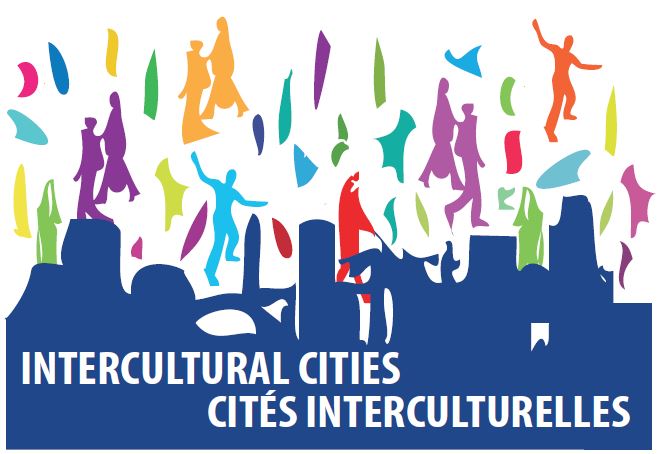Module 4 - Examples of antirumours campaigns
As a network, the Intercultural Cities believe one of the best ways to learn and improve is to learn from each other. The same is true for the antirumours methodology, which has further developed throughout the years based on the lessons learned by the many cities implementing the methodologies in their local contexts.
You can find many more good practice examples on pages 21-62 of the Antirumours Handbook.
Take some minutes to consider the following questions which may help you identify areas to address:
- Who would you need to involve in your city to ensure the approach is creative?
- Which media could you use to spread information on the campaign?
- Which existing spaces and events in the city could be used for the campaign?
- Which organisations, tools and spaces would be especially interesting to reach the specific target groups you are interested in working with?
7. Which are two important dimensions of an antirumours campaign?
- The short-term and long-term dimension
- (1)The global (communication) and specific (grassroots) dimension
- The dimensions of work life and leisure activities
We can differentiate a more generic dimension of antirumours strategies from a more specific and intensive one. We cannot pretend to influence the perceptions of all citizens and to tackle all the rumours and prejudices identified from the outset. Therefore, it is essential to prioritize and design strategies and specific action campaigns within the framework of the global antirumours strategy, which should focus on specific objectives and target groups.
8. Who should be involved from the start in the campaign from the start?
- (1)Antirumours agents
- The political level
- Civil servants
Training antirumours agents is one of the key elements of the antirumours strategy, as one of the main objectives to empower people with the theoretical knowhow, skills and practical tools to be more effective in challenging prejudice and rumours. When dealing with very complex and sensitive issues we need more than goodwill to produce real impact on the perceptions of the citizens. We have to be rigorous but at the same time motivate and engage people in different ways.



